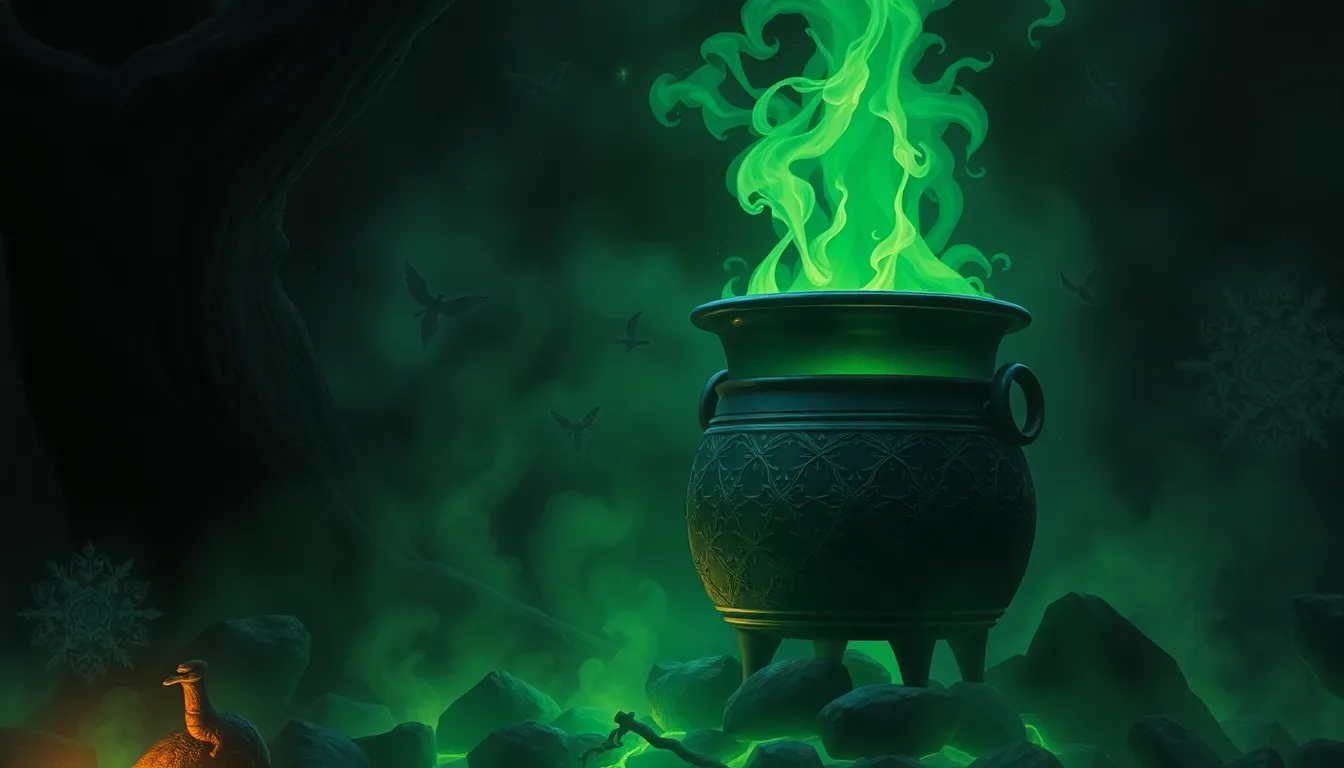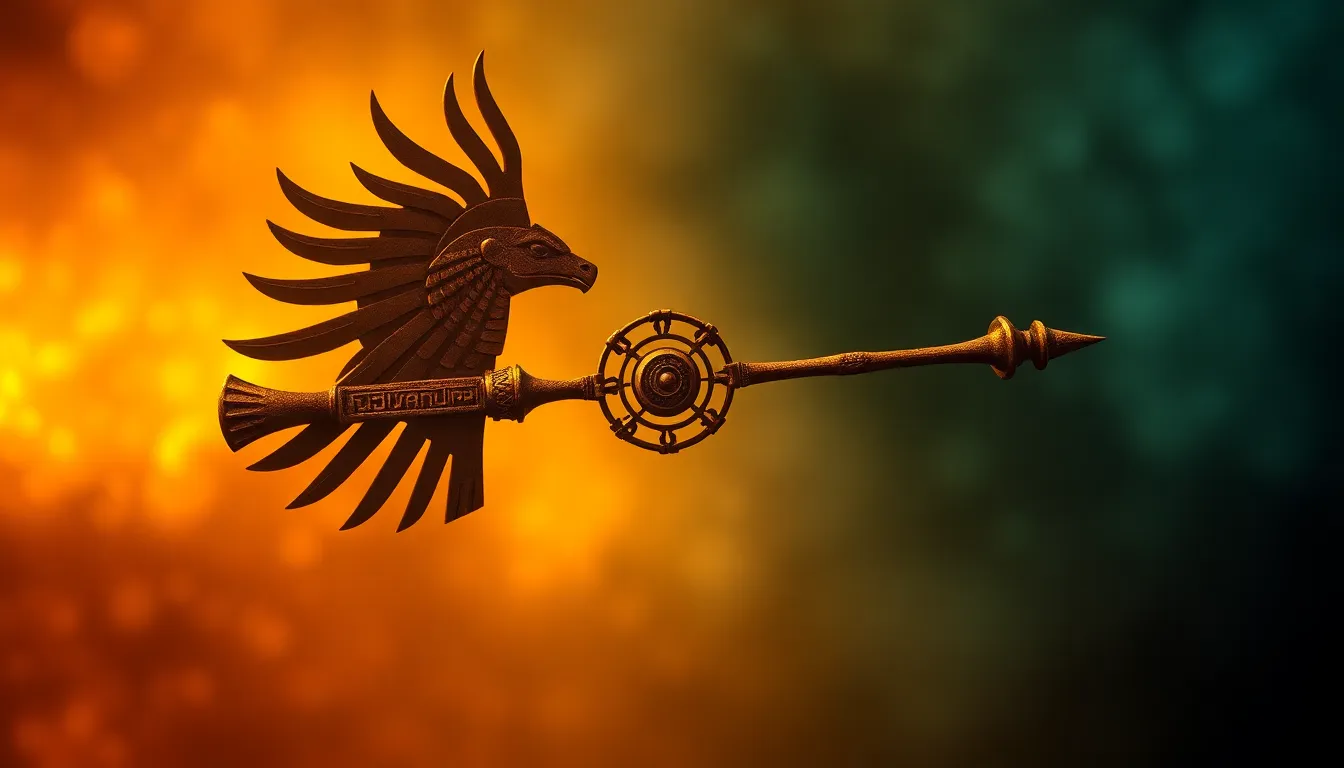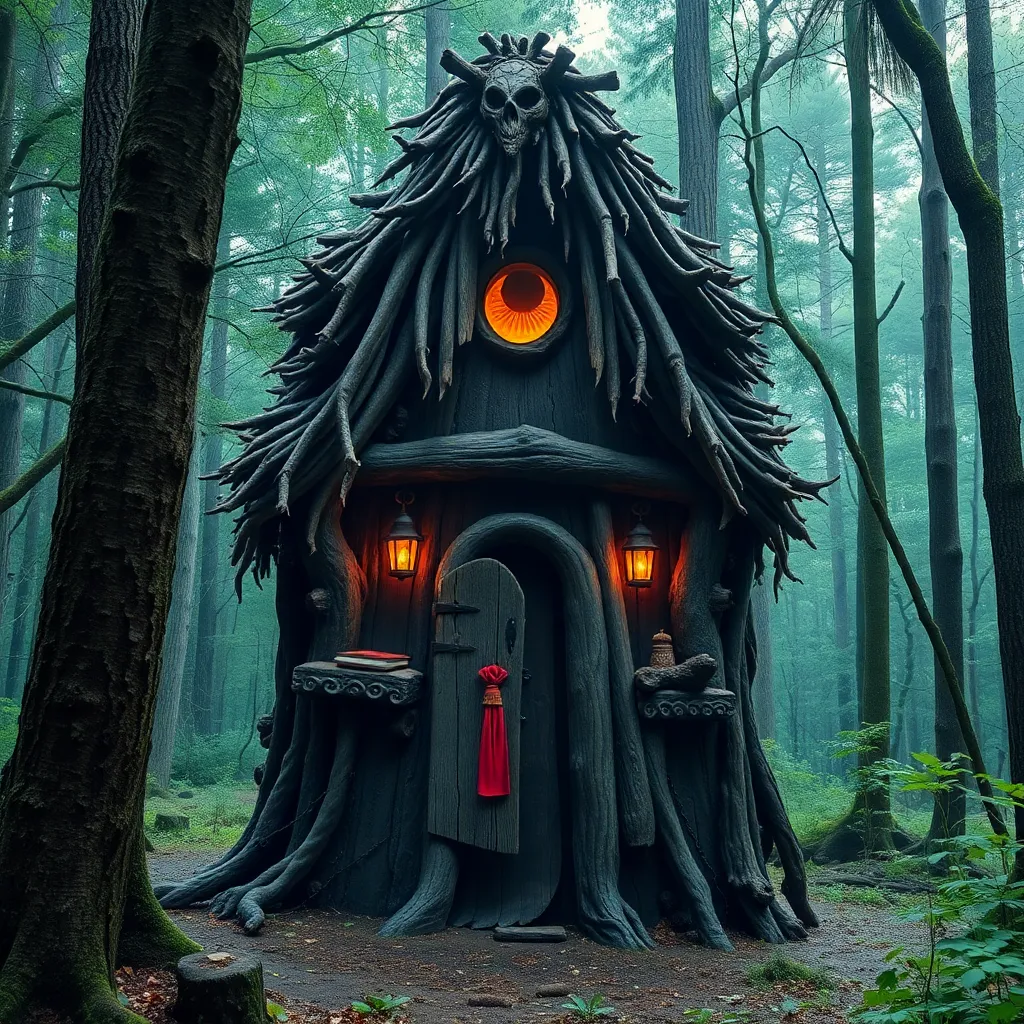The Cauldron of Dagda: Myths of Abundance and Power
I. Introduction
The Cauldron of Dagda, a revered artifact in Irish mythology, serves as a potent symbol of abundance and power. Associated with the Dagda, one of the most significant figures in the Tuatha Dé Danann, this cauldron is not just a vessel for food but embodies the richness of life and the essence of generosity. In this article, we will explore the fascinating themes of abundance and power as they relate to the Cauldron of Dagda and its mythical significance.
II. The Dagda: A Central Figure in Irish Mythology
The Dagda is often depicted as a large, jovial figure, embodying the qualities of strength, fertility, and abundance. He is known as a father figure among the Tuatha Dé Danann, a race of supernatural beings in Irish lore.
- Description and Attributes: The Dagda is characterized by his immense size, a club that can kill and revive, and a magical harp that controls the seasons.
- Role: As a leader and protector, the Dagda plays a crucial role in the stories of the Tuatha Dé Danann, often mediating conflicts and ensuring prosperity.
- Symbolism: He represents fertility and abundance, embodying the cycle of life and the nurturing aspects of nature.
III. The Mythical Cauldron: Characteristics and Symbolism
The Cauldron of Dagda is described as a magical vessel that provides infinite food and sustenance, a symbol of the earth’s bounty and divine generosity.
- Description: The cauldron is said to be large enough to hold an enormous quantity of food, and it never runs dry.
- Symbolism: In Celtic mythology, cauldrons often represent the womb of the earth, fertility, and the cycle of life and death.
- Functions: The cauldron’s primary function is to provide sustenance, ensuring that no one goes hungry, thus reinforcing the Dagda’s role as a provider.
IV. Stories Surrounding the Cauldron
Numerous myths highlight the Cauldron of Dagda, showcasing its significance in the broader narrative of Irish mythology.
A. Key Myths Involving the Cauldron of Dagda
- The Cauldron in the Battle of Moytura: The cauldron is instrumental in providing nourishment for the Tuatha Dé Danann during this epic battle against the Fomorians, symbolizing their resilience and strength.
- The Cauldron’s Connection to the Otherworld: The cauldron is often associated with the Otherworld, a place of eternal abundance and peace, emphasizing the link between life and death.
B. Analysis of the Themes in These Stories
These myths reflect themes of community, survival, and the essential nature of abundance in the face of adversity. They illustrate how the Dagda’s cauldron serves not just as a source of food, but as a metaphor for the interconnectedness of life and the dependence on shared resources.
V. The Themes of Abundance
The theme of abundance is prevalent throughout the tales of the Cauldron of Dagda, highlighting its cultural significance in ancient Irish society.
- Representation of Abundance: The gifts of the cauldron symbolize not only physical nourishment but also spiritual and communal abundance.
- Cultural Significance: In a society where survival depended on collective resources, the idea of abundance was paramount, shaping social structures and relationships.
- Comparisons with Other Mythological Cauldrons: Similar to the Cauldron of Rebirth, the Dagda’s cauldron represents life’s cyclical nature and the idea that from death comes new life.
VI. The Theme of Power
The Cauldron of Dagda also serves as a potent symbol of power, both political and magical.
- The Cauldron as a Symbol: It signifies the Dagda’s control over resources and sustenance, which are vital for leadership and community cohesion.
- Assertion of Dominance: The Dagda uses the cauldron to assert his power over rival factions, emphasizing the importance of generosity as a means of maintaining authority.
- Interplay Between Power and Generosity: The Dagda embodies a complex character where his power is intertwined with his willingness to share, showcasing a model of leadership based on mutual benefit.
VII. The Cauldron of Dagda in Modern Culture
In contemporary settings, the Cauldron of Dagda continues to inspire various forms of art and spirituality.
- Representation in Literature and Media: The cauldron appears in modern retellings of Irish myths, fantasy literature, and even popular films, symbolizing abundance and resilience.
- Influence on Neo-Pagan Practices: The cauldron is often embraced in modern neo-pagan rituals, representing the divine feminine and the nurturing aspects of nature.
- Symbol in Modern Discussions: Today, the cauldron is viewed as a symbol of abundance in discussions surrounding sustainability and communal living.
VIII. Comparative Analysis with Other Mythical Cauldrons
Exploring the Cauldron of Dagda in comparison with other mythical cauldrons provides deeper insights into its significance.
- Similarities and Differences: Like the Norse cauldron of Aegir, the Cauldron of Dagda serves as a source of sustenance, yet it uniquely highlights themes of communal sharing rather than individual gain.
- Role in Various Mythologies: Across cultures, cauldrons often symbolize transformation and regeneration, seen in Greek myths as well, where they represent the cycle of life.
- Enriching Understanding: These comparative analyses enhance our understanding of Dagda’s cauldron, situating it within a broader context of mythological significance.
IX. Interpretations and Legacy of the Cauldron of Dagda
The Cauldron of Dagda remains a powerful symbol in both ancient and modern contexts, representing themes of abundance, power, and community resilience. Its legacy endures in contemporary interpretations of mythology, spirituality, and cultural identity.
As we reflect on the stories and symbolism surrounding the Cauldron of Dagda, we recognize its enduring importance as a source of inspiration, reminding us of the values of generosity, community, and the interconnectedness of life.




